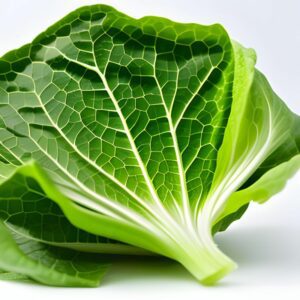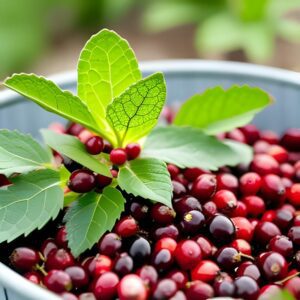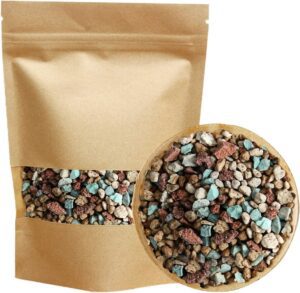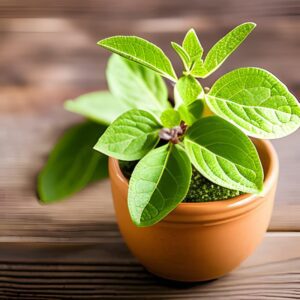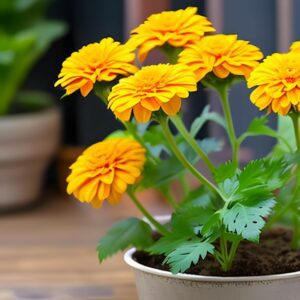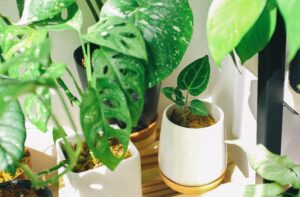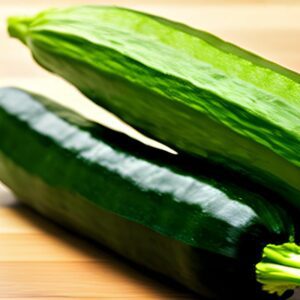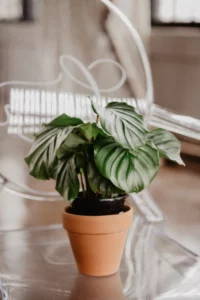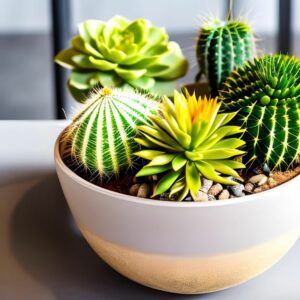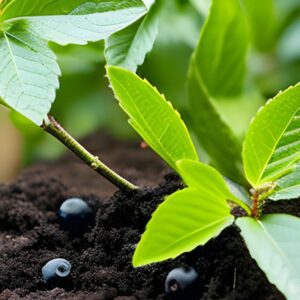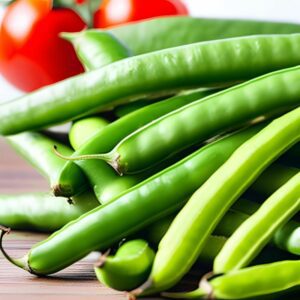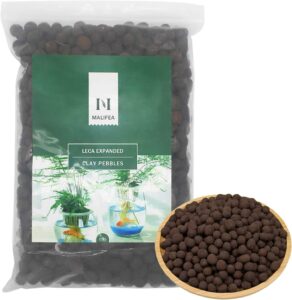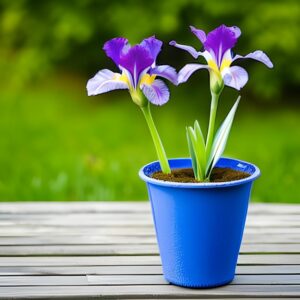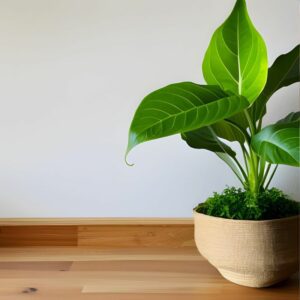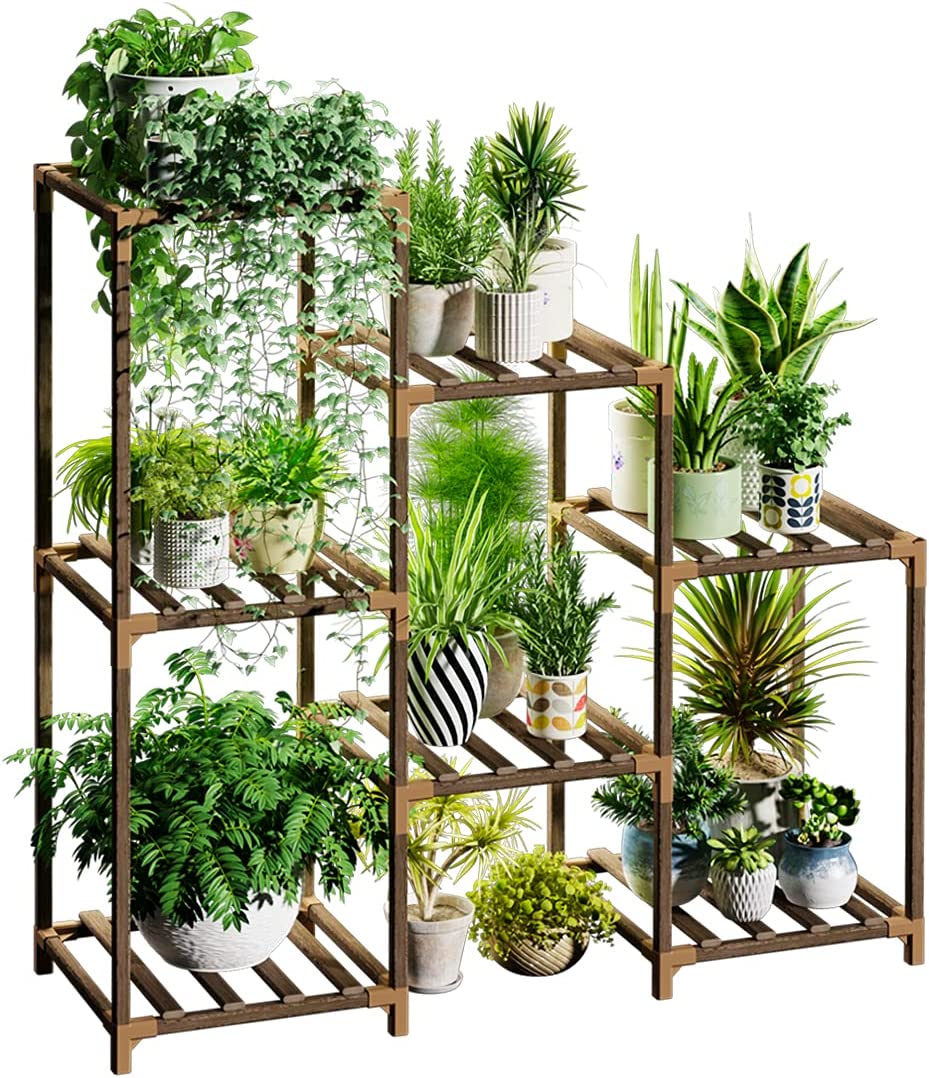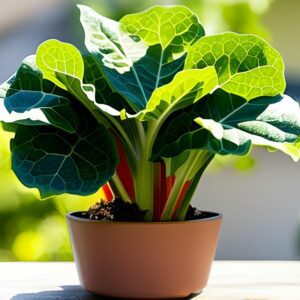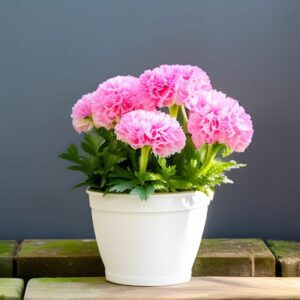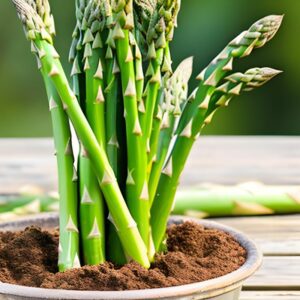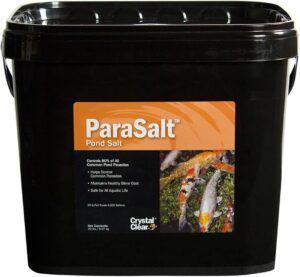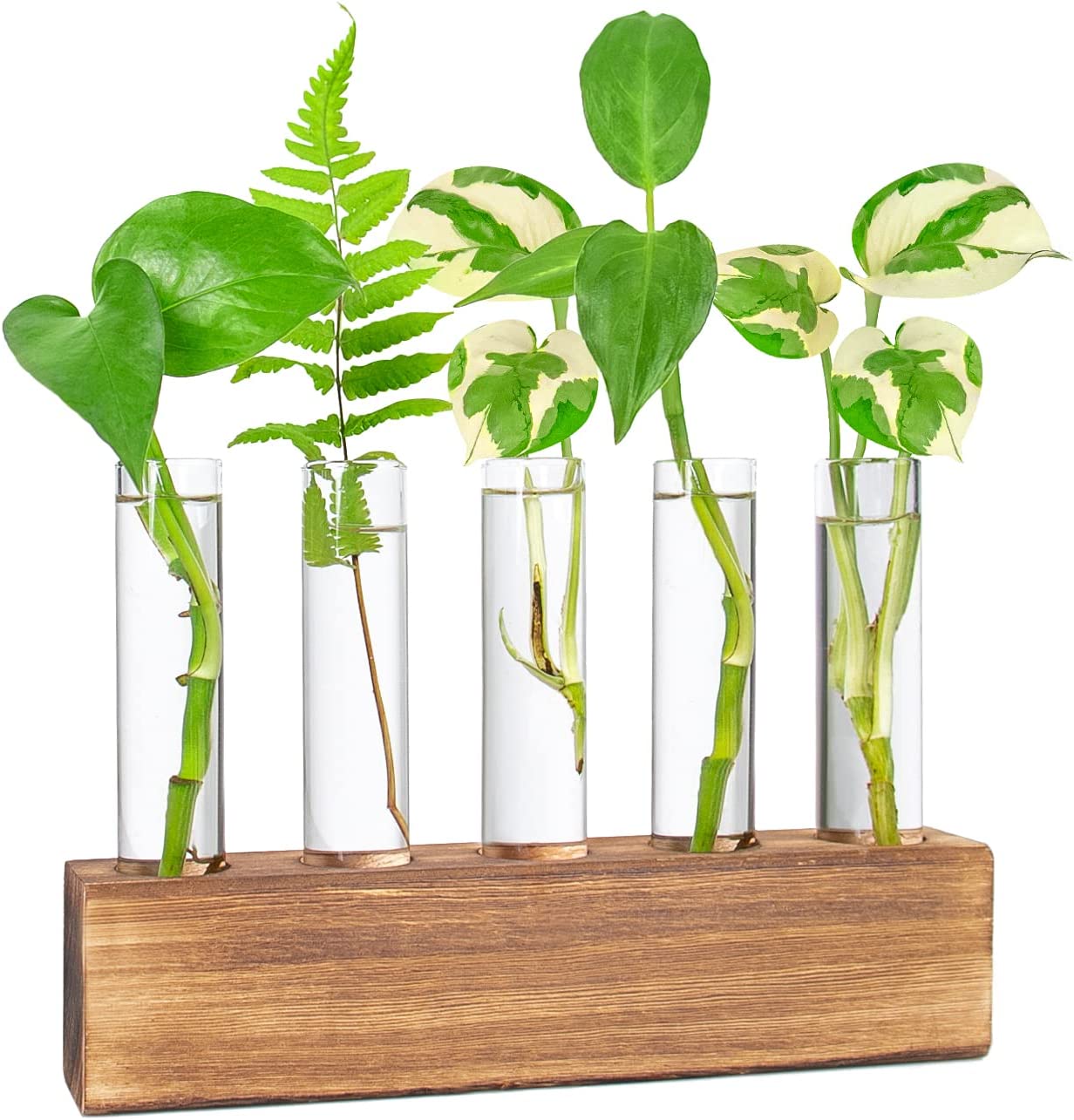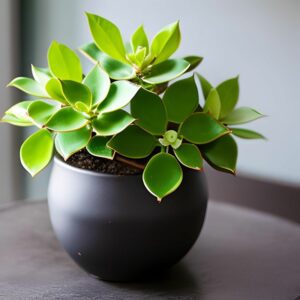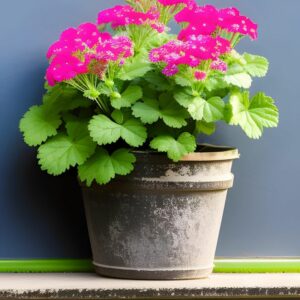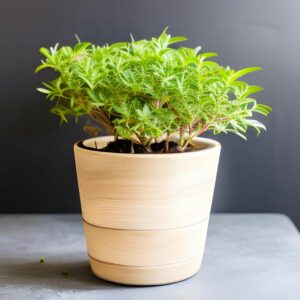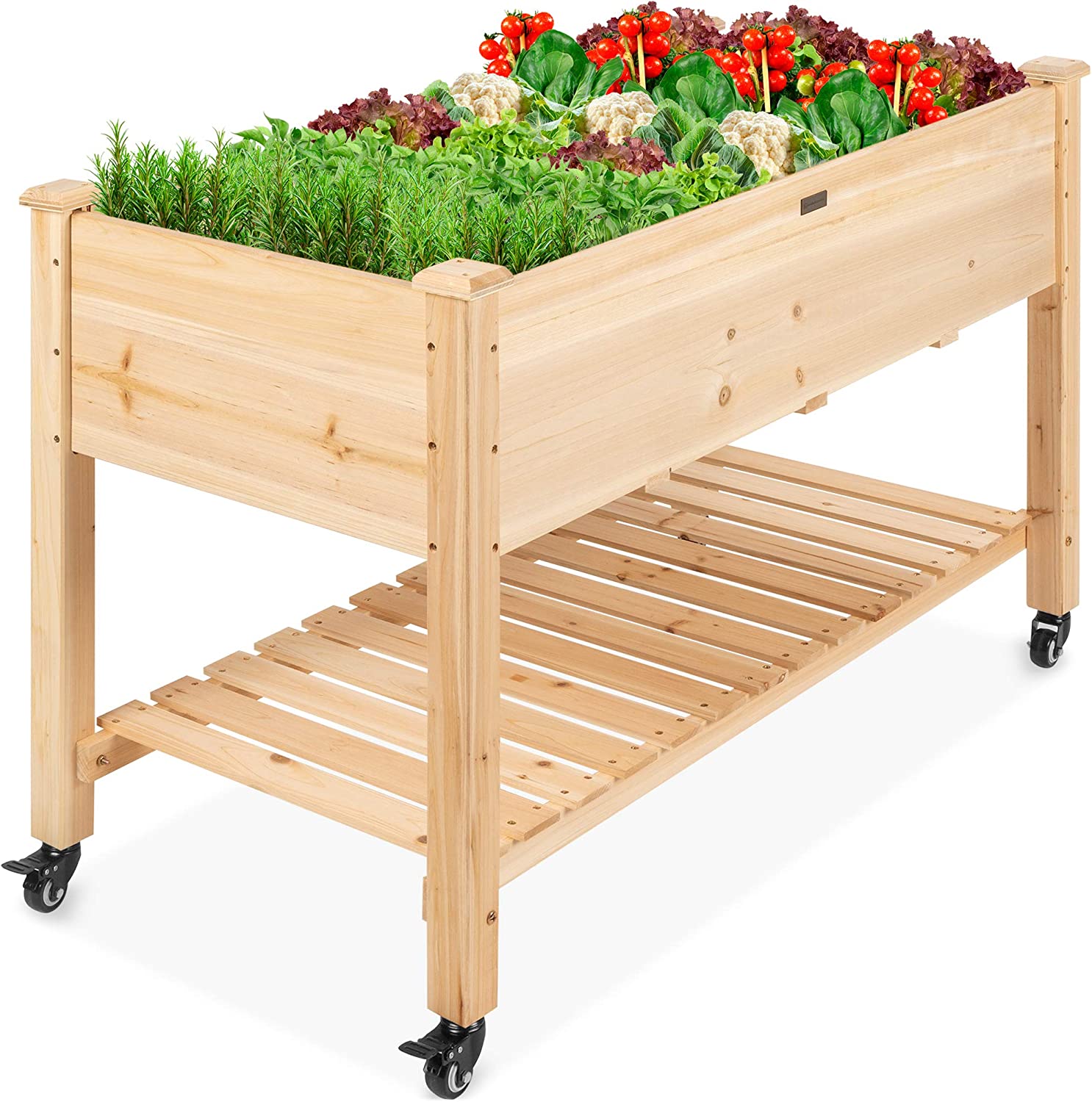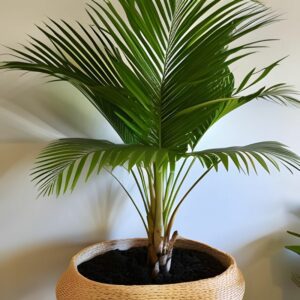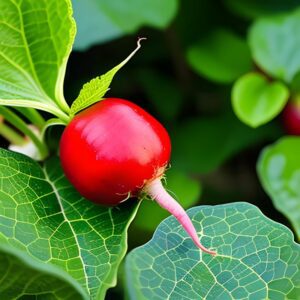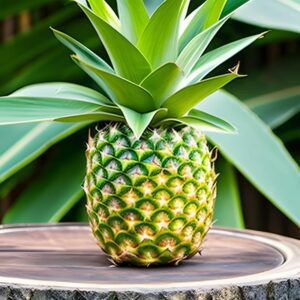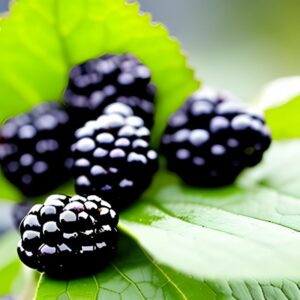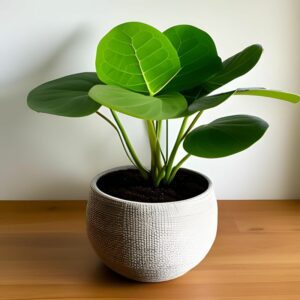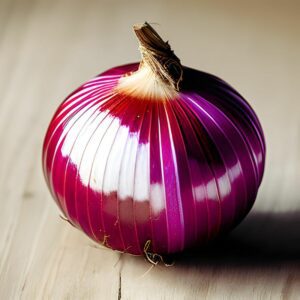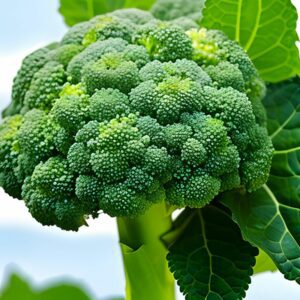Carrot
Vegetables
- Mediterranean
- Easy
- 60-80 Days
Introduction
Carrots are versatile root vegetables known for their vibrant color and sweet, earthy flavor. Native to the Mediterranean region, carrots are rich in vitamins, minerals, and dietary fiber, making them a healthy addition to any diet. Growing your own carrot plants allows you to enjoy the freshest, tastiest carrots and experiment with different colors and varieties.
Plant Characteristics
Carrot plants have feathery green foliage that grows from a tapered root. The roots can vary in color, including shades of orange, purple, yellow, or white, depending on the variety. Carrots have a crunchy texture and a sweet, carroty flavor that intensifies as they mature.
Ideal Growing Conditions
Carrot plants thrive in loose, well-draining soil that is free from rocks or obstructions, as they require space for root development. They prefer full sun but can tolerate partial shade. Carrots require consistent moisture, so regular watering is essential, especially during dry periods. Avoid overwatering to prevent rotting.
Planting Guide
Plant carrot seeds directly in the garden bed or container, as they don’t transplant well. Prepare the soil by loosening it and removing any rocks or clumps. Sow the seeds thinly, spacing them according to the variety’s recommendations. Cover the seeds with a thin layer of soil and gently pat it down. Keep the soil consistently moist until germination occurs. Thin the seedlings once they are a few inches tall, leaving the strongest plants spaced according to the variety’s recommendations.
Watering and Fertilizing
Carrots need consistent moisture to grow properly. Water the plants regularly, ensuring the soil remains evenly moist but not waterlogged. Avoid overhead watering, as it can lead to fungal diseases. Applying a balanced vegetable fertilizer once or twice during the growing season can help provide essential nutrients for healthy carrot growth.
Pruning and Maintenance
Carrots do not require pruning, but regular weeding is necessary to prevent competition for nutrients and ensure healthy growth. Mulching around the base of the plants helps suppress weeds and maintain soil moisture. Carrots may benefit from thinning, especially if they are planted too densely, to allow sufficient space for root development.
Harvesting or Flowering
Carrots are typically ready for harvest when they have reached the desired size and color. Gently loosen the soil around the carrots with a garden fork or trowel, being careful not to damage the roots. Slowly pull the carrots out of the ground, grasping them close to the foliage. Remove excess soil and trim the greens, leaving about an inch of foliage attached.
Post-Harvest Care
Freshly harvested carrots can be stored in the refrigerator. Remove the greens before storing, as they can draw moisture from the roots. Place the carrots in a perforated plastic bag or wrap them in a damp towel to maintain moisture. Properly stored carrots can last for several weeks.
Troubleshooting
Carrots are generally easy to grow but may face challenges such as pests like carrot flies or diseases like carrot rust fly. Companion planting with strong-smelling herbs like sage or planting carrots under a floating row cover can help deter pests. Proper crop rotation and soil preparation can also minimize disease risks.
Fun Facts
Carrots come in various colors, including the familiar orange, as well as purple, yellow, and white. They are not only tasty but also packed with nutrients, particularly beta-carotene, which is beneficial for eye health. Carrots have been enjoyed for centuries and are even believed to have been cultivated in ancient Egypt. Interestingly, carrots were originally grown for their aromatic leaves and seeds, rather than their roots. Today, they have become a staple vegetable in many cuisines and are enjoyed raw, cooked, or juiced.














